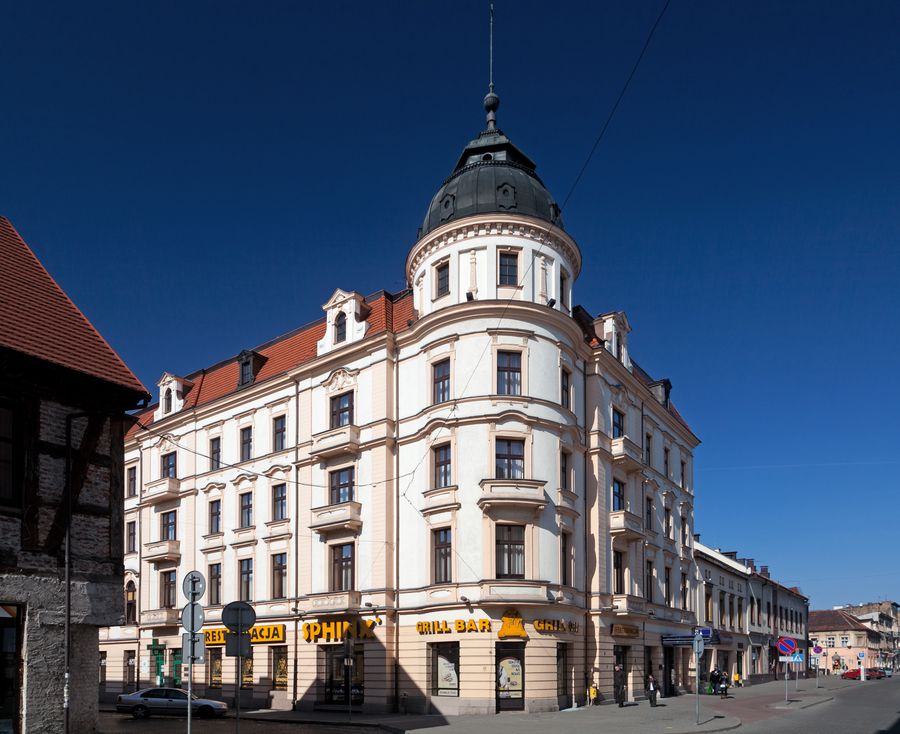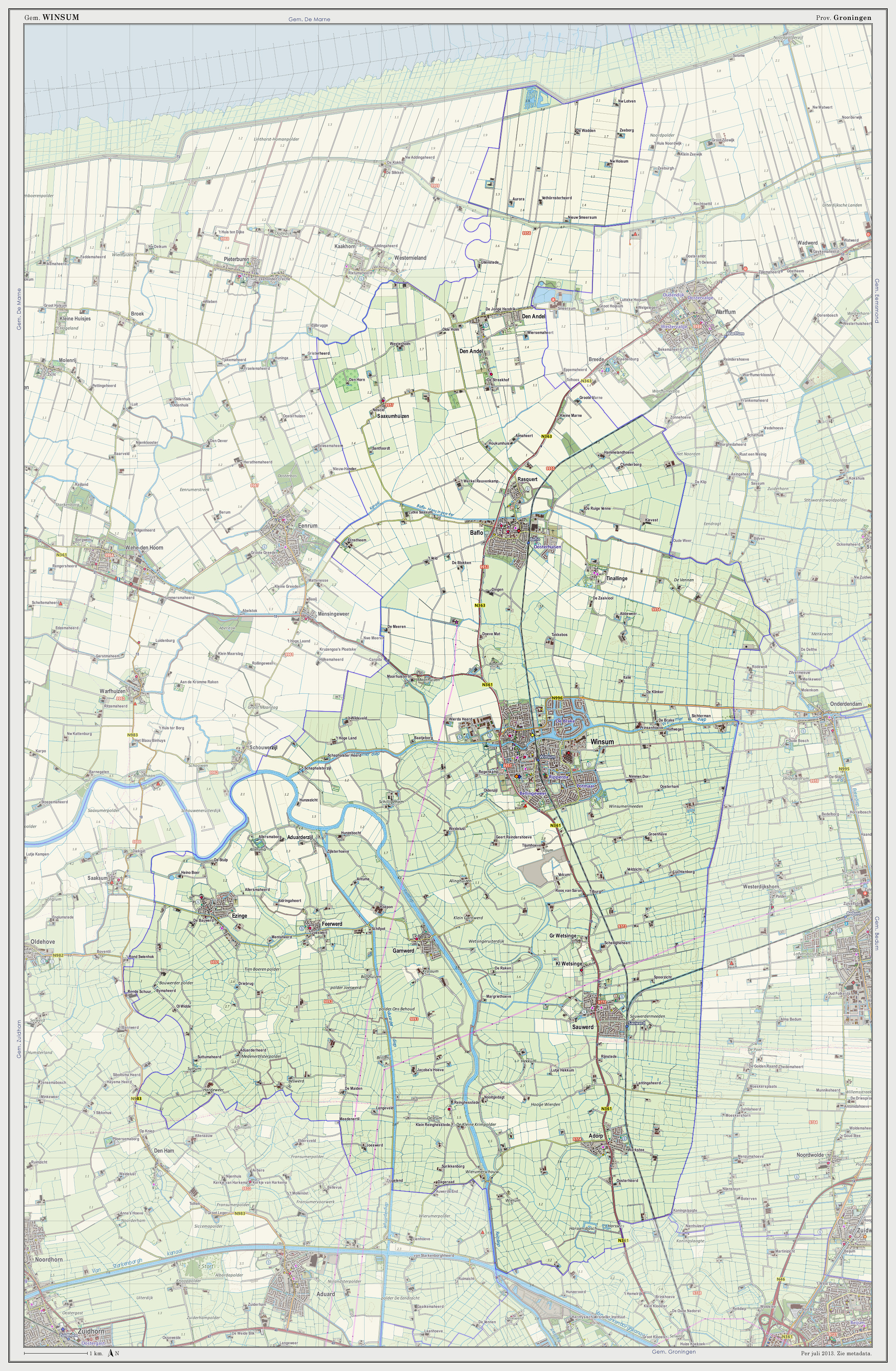|
Lubraniec
Lubraniec is a town in Włocławek County, Kuyavian-Pomeranian Voivodeship, Poland, with 3,235 inhabitants (2004). Lubraniec is a sister city with the Dutch Winsum Winsum () is a town and a former municipality in the northeastern Netherlands. On 1 January 2019 the municipality merged with the municipalities of Bedum, De Marne and Eemsmond to form the new municipality Het Hogeland. The town of Winsum was .... Cities and towns in Kuyavian-Pomeranian Voivodeship Włocławek County {{Włocławek-geo-stub ... [...More Info...] [...Related Items...] OR: [Wikipedia] [Google] [Baidu] |
Gmina Lubraniec
__NOTOC__ Gmina Lubraniec is an urban-rural gmina (administrative district) in Włocławek County, Kuyavian-Pomeranian Voivodeship, in north-central Poland. Its seat is the town of Lubraniec, which lies approximately south-west of Włocławek and south of Toruń. The gmina covers an area of , and as of 2006 its total population is 10,003 (out of which the population of Lubraniec amounts to 3,207, and the population of the rural part of the gmina is 6,796). Villages Apart from the town of Lubraniec, Gmina Lubraniec contains the villages and settlements of Agnieszkowo, Annowo, Bielawy, Biernatki, Bodzanowo, Borek, Czajno, Dąbie Kujawskie, Dąbie Poduchowne, Dęby Janiszewskie, Dobierzyn, Florianowo, Gołębin-Parcele, Gołębin-Wieś, Górniak, Janiszewo, Józefowo, Kazanie, Kłobia, Kłobia Nowa, Kolonia Łódź, Kolonia Piaski, Koniec, Korzeszynek, Krowice, Lubrańczyk, Lubraniec-Parcele, Marysin, Milżyn, Milżynek, Ossowo, Piaski, Rabinowo ... [...More Info...] [...Related Items...] OR: [Wikipedia] [Google] [Baidu] |
Włocławek County
__NOTOC__ Włocławek County ( pl, powiat włocławski) is a unit of territorial administration and local government (powiat) in Kuyavian-Pomeranian Voivodeship, north-central Poland. It came into being on January 1, 1999, as a result of the Polish local government reforms passed in 1998. Its administrative seat is the city of Włocławek, although the city is not part of the county (it constitutes a separate city county). The county contains six towns: Brześć Kujawski, which lies south-west of Włocławek, Kowal, which lies south-east of Włocławek, Lubraniec, which lies south-west of Włocławek, Izbica Kujawska, which lies south-west of Włocławek, Chodecz, which lies south of Włocławek, and Lubień Kujawski, south of Włocławek. The county covers an area of . As of 2019 its total population is 86,131, out of which the population of Brześć Kujawski is 4,642, that of Kowal is 3,479, that of Lubraniec is 2,999, that of Izbica Kujawska is 2,609, that of Chodecz is 1,8 ... [...More Info...] [...Related Items...] OR: [Wikipedia] [Google] [Baidu] |
Kuyavian-Pomeranian Voivodeship
Kuyavian-Pomeranian Voivodeship, also known as Cuiavian-Pomeranian Voivodeship or simply Kujawsko-Pomorskie, or Kujawy-Pomerania Province ( pl, województwo kujawsko-pomorskie ) is one of the 16 voivodeships (provinces) into which Poland is divided. It was created on 1 January 1999 and is situated in mid-northern Poland, on the boundary between the two historic regions from which it takes its name: Kuyavia ( pl, Kujawy) and Pomerania ( pl, Pomorze). Its two chief cities, serving as the province's joint capitals, are Bydgoszcz and Toruń. History The Kuyavian-Pomeranian Voivodeship was created on 1 January 1999, as a result of the Polish local government reforms adopted in 1998. It consisted of territory from the former Bydgoszcz, Toruń and Włocławek Voivodeships. The area now known as Kuyavia-Pomerania was previously divided between the region of Kuyavia and the Polish fiefdom of Royal Prussia. Of the two principal cities of today's Kuyavian-Pomeranian voivodeship, one ( Byd ... [...More Info...] [...Related Items...] OR: [Wikipedia] [Google] [Baidu] |
Winsum
Winsum () is a town and a former municipality in the northeastern Netherlands. On 1 January 2019 the municipality merged with the municipalities of Bedum, De Marne and Eemsmond to form the new municipality Het Hogeland. The town of Winsum was officially established in 1057 as the fusion of three historic villages: Obergum (North), Winsum (center) and Bellingeweer (South). The majority of the town's 8,000 inhabitants commute to the nearby city Groningen. The town boasts two traditional Dutch wind mills, two historic churches, two canals, and one of the Netherlands' oldest taverns. The two mills, "De Ster" ("The Star") and "De Vriendschap" ("The Friendship") were built in 1851 and 1801 respectively. The building that the tavern "De Gouden Karper" ("The Golden Carp") now occupies has been in use as a tavern since the 16th century, and is the oldest (unverified) in the Netherlands. Twin town Winsum is twinned with Sport Cycling Winsum hosted the start and finish of stage ... [...More Info...] [...Related Items...] OR: [Wikipedia] [Google] [Baidu] |
Voivodeships Of Poland
A voivodeship (; pl, województwo ; plural: ) is the highest-level administrative division of Poland, corresponding to a province in many other countries. The term has been in use since the 14th century and is commonly translated into English as "province". The Polish local government reforms adopted in 1998, which went into effect on 1 January 1999, created sixteen new voivodeships. These replaced the 49 former voivodeships that had existed from 1 July 1975, and bear a greater resemblance (in territory, but not in name) to the voivodeships that existed between 1950 and 1975. Today's voivodeships are mostly named after historical and geographical regions, while those prior to 1998 generally took their names from the cities on which they were centered. The new units range in area from under (Opole Voivodeship) to over (Masovian Voivodeship), and in population from nearly one million (Opole Voivodeship) to over five million (Masovian Voivodeship). Administrative authority at th ... [...More Info...] [...Related Items...] OR: [Wikipedia] [Google] [Baidu] |
Powiat
A ''powiat'' (pronounced ; Polish plural: ''powiaty'') is the second-level unit of local government and administration in Poland, equivalent to a county, district or prefecture ( LAU-1, formerly NUTS-4) in other countries. The term "''powiat''" is most often translated into English as "county" or "district" (sometimes "poviat"). In historical contexts this may be confusing because the Polish term ''hrabstwo'' (an administrative unit administered/owned by a ''hrabia'' (count) is also literally translated as "county". A ''powiat'' is part of a larger unit, the voivodeship (Polish ''województwo'') or province. A ''powiat'' is usually subdivided into '' gmina''s (in English, often referred to as "communes" or "municipalities"). Major towns and cities, however, function as separate counties in their own right, without subdivision into ''gmina''s. They are termed " city counties" (''powiaty grodzkie'' or, more formally, ''miasta na prawach powiatu'') and have roughly the same ... [...More Info...] [...Related Items...] OR: [Wikipedia] [Google] [Baidu] |
Gmina
The gmina (Polish: , plural ''gminy'' , from German ''Gemeinde'' meaning ''commune'') is the principal unit of the administrative division of Poland, similar to a municipality. , there were 2,477 gminas throughout the country, encompassing over 43,000 villages. 940 gminas include cities and towns, with 302 among them constituting an independent urban gmina ( pl, gmina miejska) consisting solely of a standalone town or one of the 107 cities, the latter governed by a city mayor (''prezydent miasta''). The gmina has been the basic unit of territorial division in Poland since 1974, when it replaced the smaller gromada (cluster). Three or more gminas make up a higher level unit called powiat, except for those holding the status of a city with powiat rights. Each and every powiat has the seat in a city or town, in the latter case either an urban gmina or a part of an urban-rural one. Types There are three types of gmina: #302 urban gmina ( pl, gmina miejska) constituted either by a sta ... [...More Info...] [...Related Items...] OR: [Wikipedia] [Google] [Baidu] |
Poland
Poland, officially the Republic of Poland, is a country in Central Europe. It is divided into 16 administrative provinces called voivodeships, covering an area of . Poland has a population of over 38 million and is the fifth-most populous member state of the European Union. Warsaw is the nation's capital and largest metropolis. Other major cities include Kraków, Wrocław, Łódź, Poznań, Gdańsk, and Szczecin. Poland has a temperate transitional climate and its territory traverses the Central European Plain, extending from Baltic Sea in the north to Sudeten and Carpathian Mountains in the south. The longest Polish river is the Vistula, and Poland's highest point is Mount Rysy, situated in the Tatra mountain range of the Carpathians. The country is bordered by Lithuania and Russia to the northeast, Belarus and Ukraine to the east, Slovakia and the Czech Republic to the south, and Germany to the west. It also shares maritime boundaries with Denmark and Sweden. ... [...More Info...] [...Related Items...] OR: [Wikipedia] [Google] [Baidu] |
Cities And Towns In Kuyavian-Pomeranian Voivodeship
A city is a human settlement of notable size.Goodall, B. (1987) ''The Penguin Dictionary of Human Geography''. London: Penguin.Kuper, A. and Kuper, J., eds (1996) ''The Social Science Encyclopedia''. 2nd edition. London: Routledge. It can be defined as a permanent and densely settled place with administratively defined boundaries whose members work primarily on non-agricultural tasks. Cities generally have extensive systems for housing, transportation, sanitation, utilities, land use, production of goods, and communication. Their density facilitates interaction between people, government organisations and businesses, sometimes benefiting different parties in the process, such as improving efficiency of goods and service distribution. Historically, city-dwellers have been a small proportion of humanity overall, but following two centuries of unprecedented and rapid urbanization, more than half of the world population now lives in cities, which has had profound consequences for g ... [...More Info...] [...Related Items...] OR: [Wikipedia] [Google] [Baidu] |



